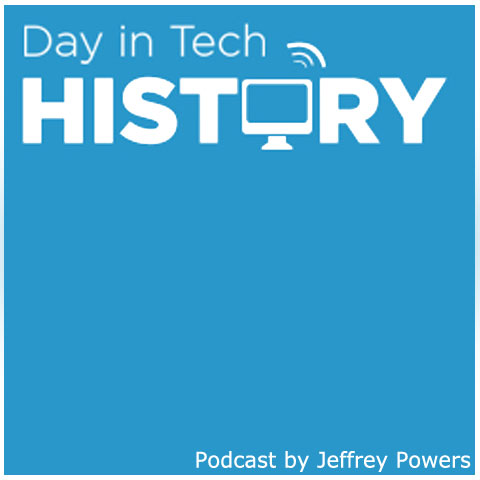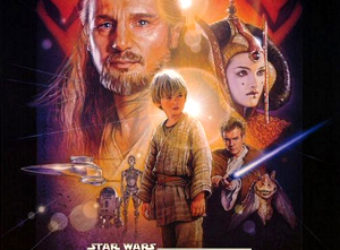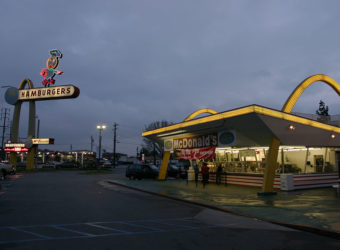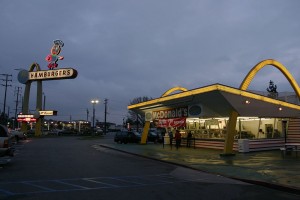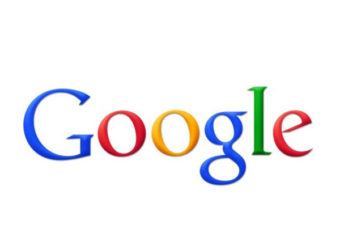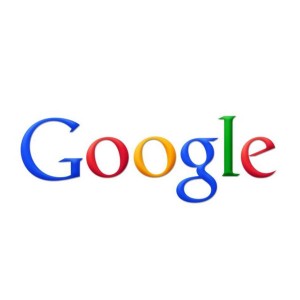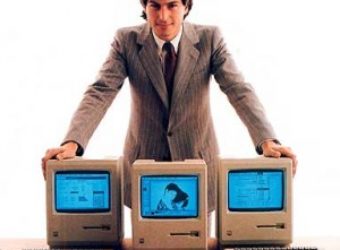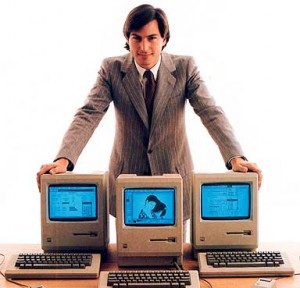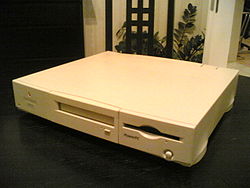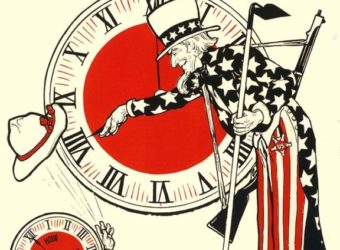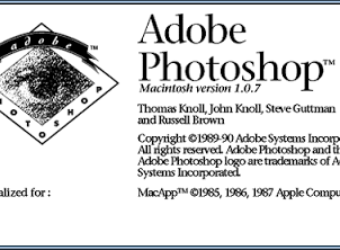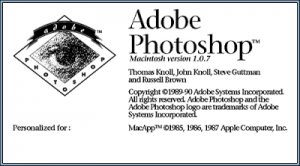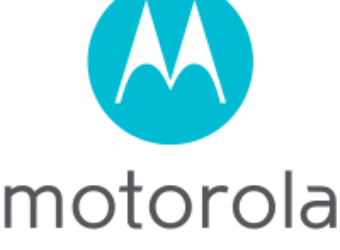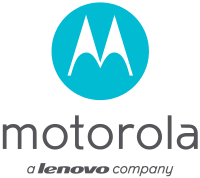May 19, 1999: Star Wars Episode I Released
Subscribe! Spotify | RSS | More
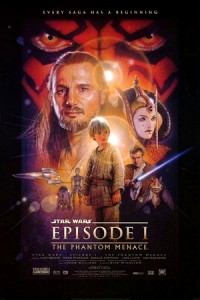
1999 – Sixteen years after “Return of the Jedi”, George Lucas finally moves his vision forward with “Star Wars: Episode I – the Phantom Menace”. The story of young Anakin Skywalker and how Obi-Wan Kenobi brought him in, trained him, and ultimately lost him to the dark side.
Episode I grossed over $924.3 million worldwide and became one of the highest-grossing films of 1999. The 2nd set trilogy would continue with Attack of the Clones and Revenge of the Sith.
The movie was received with warm reviews. The general consensus was the character development lacked while the scenes, characters, and landscapes were breathtaking. Even Roger Ebert gave it three-and-a-half stars.
Subscribe to Day In Tech History:
RSS Feed - iTunes - Android - Spotify - iHeartRadio
Facebook -
- RSS Bandwidth by Cachefly Get a 14 Day Trial
- Join me on Patreon and support Day in Tech History
- Star Wars Episode I
- Apple opens the first Apple Stores
- Intel debuts the pineview Atom chip
